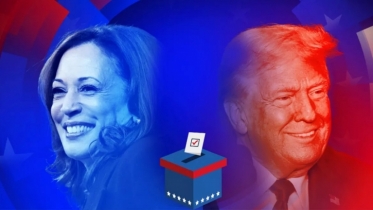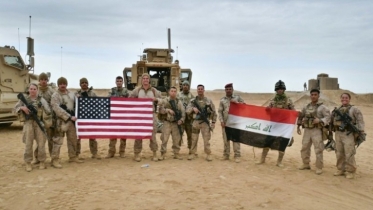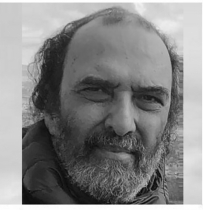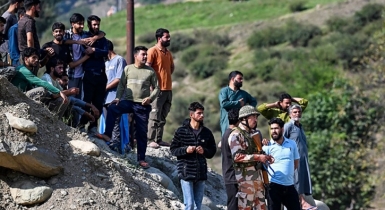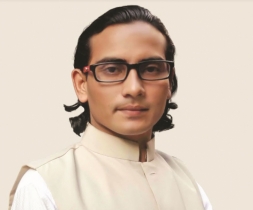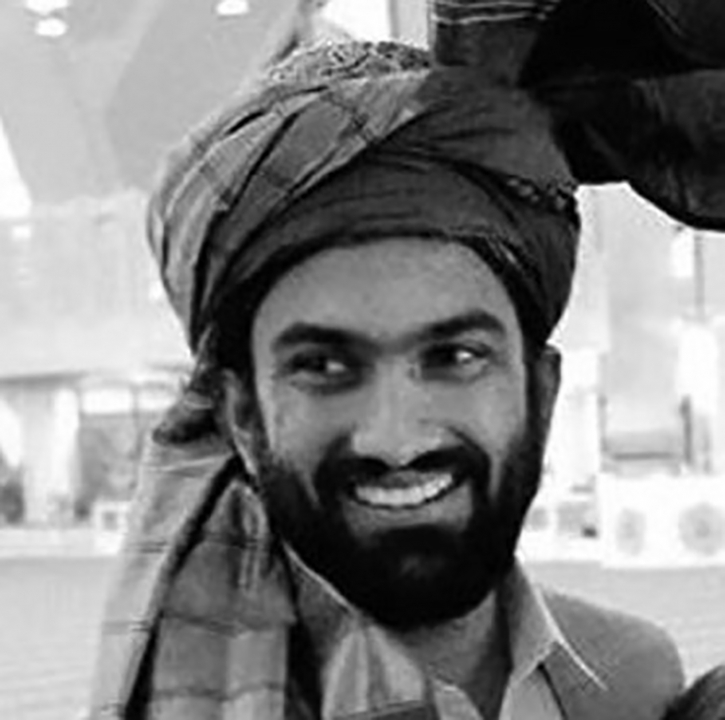
To say that there is a breakdown of trust between the state and its populace in Pakistan is an understatement. There is an ongoing, violent separatist movement in Balochistan; incidents of militant Islamist insurgency are increasing in the Pakhtun territories; dacoits roam freely in southern Punjab and inner Sindh; military exchanges along the Pak-Afghan border are becoming more common; sectarian violence is on the rise. And all this while many across the country are mobilising and rioting, yearning for political and economic stability. In these tumultuous times, there is an opportunity presenting itself that can help bridge the trust deficit between the state and its Pakhtun population.
An effort is afoot to arrange a loya (grand) jirga of all Pakhtun tribes on Oct 11. This effort is deeply embedded in Pakhtun tradition and such gatherings have a centuries-old history in Pakhtun society. This might be an opportune moment for the state to do something it probably should have done following 40 years of conflict in Pakhtun lands: set up a truth and reconciliation commission.
A TRC is an official body established to investigate violations and abuses that took place over a period, especially during times of armed conflict. TRCs aim to identify the causes and consequences of abuses, which may have been committed by repressive regimes or non-state armed groups. They provide victims and perpetrators an opportunity to candidly share their stories in an effort to foster reconciliation and a peaceful way forward as a society transitions out of the period of conflict. A TRC prepares a final report that includes recommendations for reform to prevent such acts from being repeated.
TRCs are one of the most prevalent approaches to transitional justice. The International Centre for Transitional Justice defines transitional justice as “how societies respond to the legacies of massive and serious human rights violations”. Since the mid-1970s, over 35 such commissions have been set up globally, many of which addressed far bloodier, more complicated and longer conflicts than the ones fought in Pakhtun lands.
Some of the most famous examples are the TRC in South Africa in 1995, that allowed South Africa to deal with the horrors of apartheid, and the National Commission for Truth and Reconciliation in Chile, set up in 1990 to investigate the abuses committed under US-backed dictator Gen Augusto Pinochet. This commission played a key role in allowing Chilean society to move past this dark period in their history. Another instructive example is the TRC of Canada in 2008, that looked at the impacts of the Canadian Indian residential school system on Indigenous families.
An effort is underway to arrange a grand jirga of all Pakhtun tribes next week.
In many ways, the underlying principles of a TRC are similar to the long-established practice of Pakhtun qaumi (tribal) jirgas. Unlike jirgas in other parts of Pakistan, Pakhtun jirgas tend to be more egalitarian and inclusive, with this jirga being unique in that it is aiming to have representation from across Pakhtun society including professional organisations/ associations and women, segments of society conventionally not associated with jirgas, which will add to this jirga’s broader appeal to the population.
Furthermore, the Pakhtun tradition of prioritising compensation for victims over punishment of culprits has contributed to a long history of successful reconciliations through jirgas. This tradition may prove key in promoting an amnesty consensus which could allow Pakhtun society to move forward from this violent period in recent history.
Over the past 40 years, this region has been at the centre of two global superpowers’ foreign policy priorities--first, the Soviet Union in the 1980s and then the US through the 2000s. It was not an ideal time for the Pakistani state to open a candid conversation with the local population about its policies, role and/or compulsions. Unrest is again brewing in the region, but this time without a global superpower intricately involved. Bruce Hoffman, widely seen as the father of counterterrorism, has argued that the key ingredient for terrorism to breed is indigenous support, and this support is possible if there is a deeply aggrieved populace. This might be the state’s last chance to cut off an all-important lifeline to militants and have the Pakhtun public stand firmly beside it in what are surely going to be some very testing years ahead.
The organisers of the grand jirga hope to provide a forum to bear witness to the devastation that has rocked the region over the past few decades, especially following the war on terror. They will highlight the causes behind and the consequences of the conflict. They also look to highlight the competitive advantages and natural resources the region possesses that can be developed for creating livelihood and promoting growth in the country. Subsequently, they hope to chalk out a way forward to safeguard their rights and in pursuit of peace in their homeland through consensus formed by the jirga members.
The state should make use of this occasion and become part of the conversation, rather than attempt to suppress this indigenous effort. By the state’s own admission, it had to make some very complex decisions during this period. Importantly, in the era of misinformation and social media, facts and fiction are very often blurred.
What matters most in moments like these are perceptions, which currently are not in favour of the state. As such, the state should use this opportunity and, in the model of a TRC, tell its side of the story and present the facts as it sees them. To move forward, the past cannot be buried. It has to be accepted, owned and then steps need to be agreed to ensure that past mistakes are not repeated, to build trust and hope for the future.
The state must engage with the collective intuition of the jirga to carve out a way forward that satisfies the local population and in so doing strengthens the federation of Pakistan. Source: Dawn
The writer is a development practitioner and a former parliamentarian.

